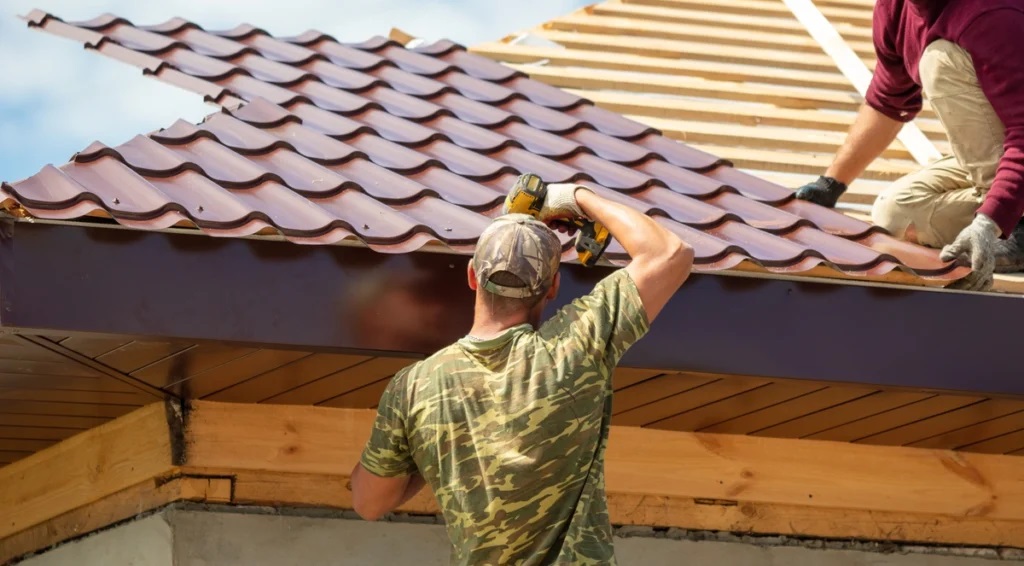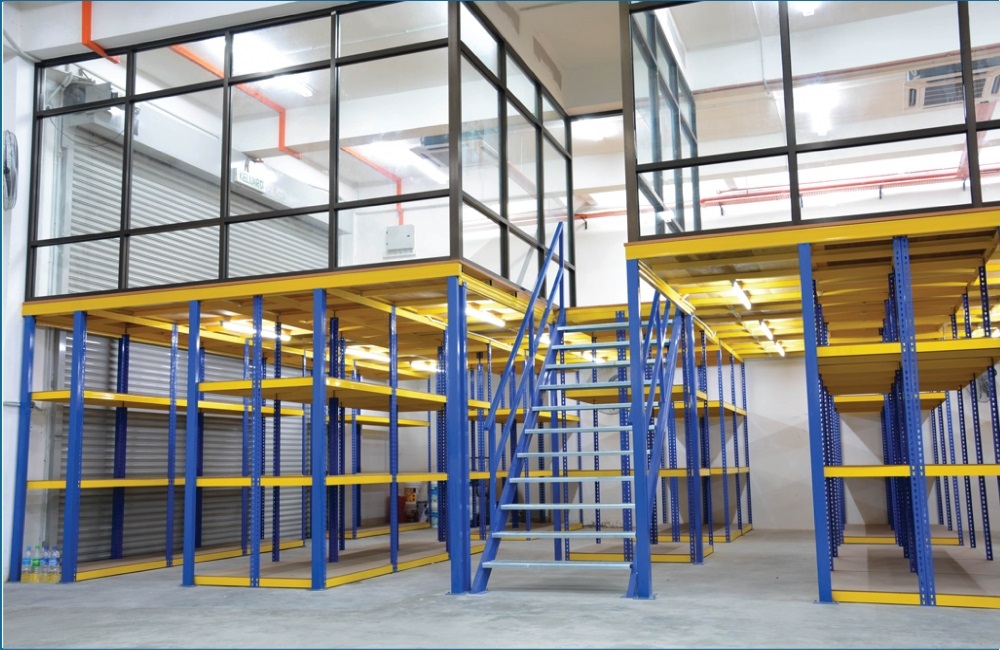With a typical lifespan of 40 to 70 years or more, metal roofs are well known for their durability. However, this remarkable longevity can be considerably shortened by specific environmental variables and poor installation techniques. If you’re wondering how long do metal roofs last under various conditions, it largely depends on how well these factors are managed. To get the most out of your metal roof investment, you must be aware of these possible hazards and take precautions.
Environmental Aggressors: Corrosion and Chemical Exposure
A metal roof’s deterioration may be significantly influenced by the surrounding environment. Corrosion is one of the main worries. Because of the high levels of salt in the air, coastal settings are especially corrosive. Salt spray accumulates on the roof’s surface, hastening the deterioration of the metal underneath and the protective coatings. In a similar vein, metal can corrode in industrial regions where airborne pollutants like sulphur dioxide and nitrogen oxides can produce acidic conditions.
Installation Errors: A Recipe for Premature Failure
If installed improperly, even the best metal roofing materials can fail too soon. One frequent offender is improper latching. Screws that are over tightened can harm metal panels by causing stress areas that are prone to leaks and breaks. By contrast, under tightening exposes the panels to water penetration and wind uplift. Galvanic corrosion, in which different metals react with one another to degrade the entire system, can also result from using the incorrect fastener type for the particular metal type and installation technique.
Appropriate ventilation is another essential component of installation. Inadequate ventilation can cause condensation and corrosion from the underside by trapping moisture beneath the metal roof. This is especially troublesome in regions where temperature swings are substantial.
For these installation-related problems to be avoided, a skilled and knowledgeable metal roofing contractor must be hired. A skilled expert will choose the right materials for your particular requirements, use the right fastening methods, and guarantee sufficient ventilation because they are aware of the subtleties of metal roofing systems.
Neglecting Maintenance: The Silent Killer
Even while metal roofs require less care than other roofing materials, ignoring routine maintenance can nevertheless reduce their lifespan. Leaves, branches, and dirt are examples of debris that can build up on the roof, retaining moisture and encouraging corrosion. Water accumulation and possible leaks can also be caused by clogged gutters and downspouts.
Conclusion
Frequent inspections are essential for seeing possible issues before they become serious. Check for any irregularities, such as loose fasteners, corrosion, or paint damage. By taking quick action, many problems can be stopped before they become more serious and require expensive repairs. Maintaining a clean, debris-free roof and making sure drainage is adequate will greatly increase the roof’s longevity and safeguard your investment for many years to come.




